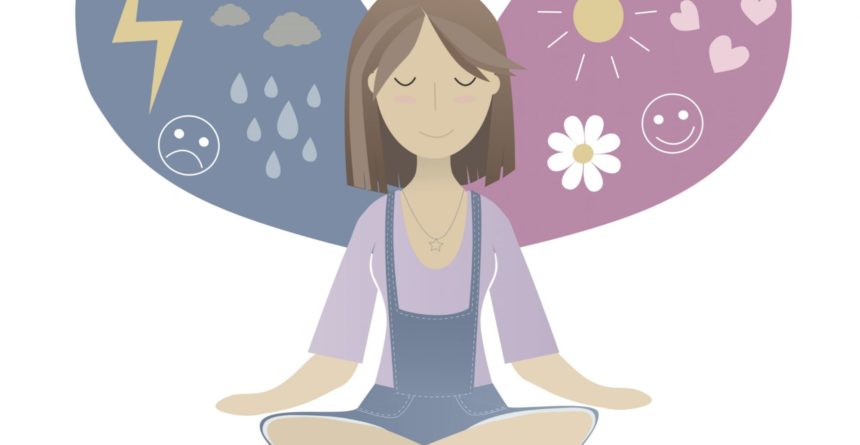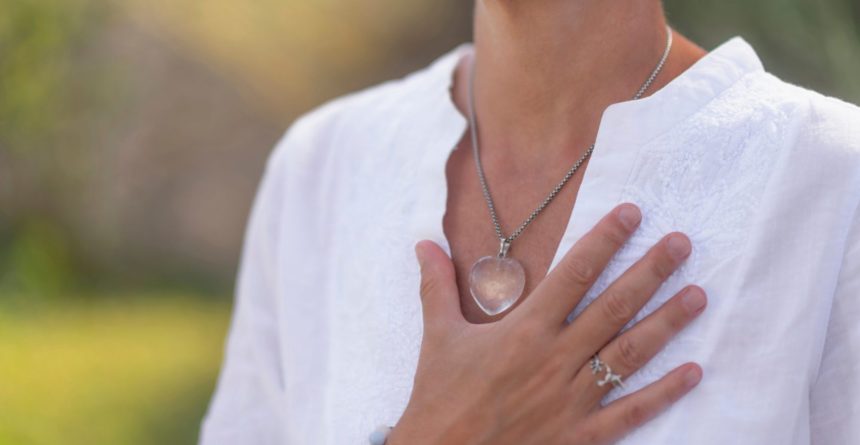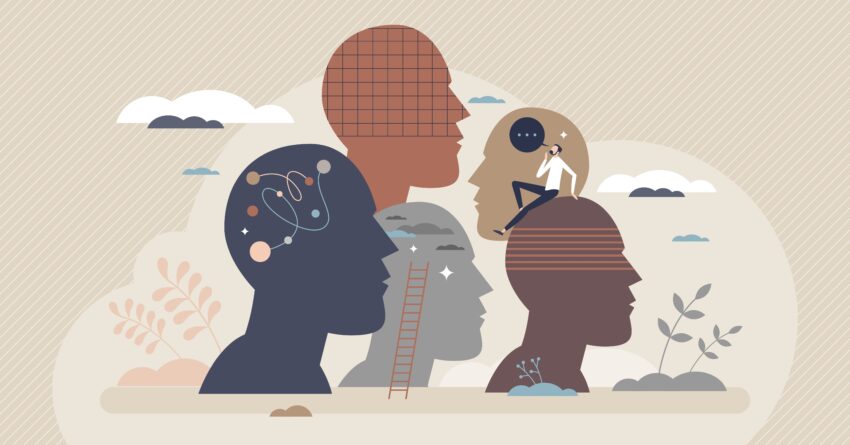
A brief look at the benefits and pitfalls of anxiety and depression and how to find balance between them.
Most people experience anxiety and depression, and there may be plenty of evidence to support that levels of each are climbing in the United States (Goodwin et al., 2020; Mojtabai et al., 2016). However, there is an important distinction between the anxiety and depression that we naturally experience and what the mental health community calls “Anxiety Disorders” and “Depressive Disorders.”
Wait – Anxiety and Depression are Natural?
Anxiety is what we feel when we perceive danger and our bodies become alarmed. It shouts from within us, “Something painful is ABOUT to happen! What can I do to stop it?!” If the danger is real, anxiety can force us into action so that we can avoid the worst of the danger. Anxiety can be necessary to keep us alive.
Depression is a lack of motivation, in response to the painful parts of life. It cries from within us, “Something bad IS happening, and there is nothing I can do to stop it.” When the painful parts of life use up a lot of our energy, depression makes us rest. Actually, what often happens is someone feels a boost in anxiety right before they feel depressed, because the anxiety used up a lot of energy before the person came to the conclusion that there was nothing left for them to do. The rest that we get when we feel depressed can be necessary to keep us alive. The depression also gives us a chance to catch our breath and assess our situation outside of the Go-Go-Go zone – we get to ponder a bit and think about the big picture (i.e., ask ourselves, “What move do I want to make next?”)
The Rise and Fall of Energy
The body and all of our organs are meant to alternate between activity and recovery. At any given time, our body has a certain level of energy available to face a difficult situation. As you can see with the roles of anxiety and depression, the rise and fall of this energy level is actually necessary to either avoid danger, stop it in its tracks, or take a time out to learn from a dangerous situation. Because of the importance of extreme moods, we don’t automatically label our anxiety and depression symptoms as mental illness. Sure, we sometimes get up to get knocked back down, but like the rise and fall of our chest when we breathe, the opening and closing of our eyes, and the sunrise and sunset of our days, mood is rhythmic, and we can get back up again.
When Rising and Falling Don’t Feel Good
If your mood rhythm becomes imbalanced in such a way that you spend much of your time in high alert and/or down in a rut of hopelessness, you may be suffering from a mood disorder*. Anxiety Disorders and Depressive Disorders entail experiencing both necessary and unnecessary anxiety and depression, to the extent that a person experiences distress in multiple areas of their life (e.g., school, work, chores, relationships, personal hygiene, etc.), on a persistent basis (American Psychiatric Association, 2013). Spending extended periods of time in anxious and depressed states can alter our biological rhythms. This means that anxiety and depression can have detrimental effects on our physical health, too.
Root to Rise
In yoga, we talk about “rooting to rise,” which means feeling stable and balanced in your body’s points of contact with the floor before stretching to take up more space in the room. We root to rise with our moods, too. Finding middle ground between the highest highs and the lowest lows of our mood gives us stability and strength to then flex our mental muscles. In that way, we can experience a range of emotions without getting overwhelmed.
There is Hope
A therapist can empower you with tools that help the anxious and depressed parts of you better recognize when you are safe. With a more accurate gauge on how safe any situation is, your anxiety and depression will learn to keep coming to your rescue when needed and then take a back seat when they are not. As holistic, trauma-informed therapists, Kathryn, Shelby, Sophia, and myself support every client’s unique situation in a gentle yet highly effective way that is powered by radical compassion. We will guide you through your mood changes with sensitivity, confidentiality, and respect. We will guide you to root and to rise. If you or someone you know would like to learn more about how we can support you in the struggles of anxiety and/or depression, please fill out our contact form, and one of us will be in touch with you within 1 business day.
May you root to rise.
*The terms “disorder” and “illness” can be empowering to some people and disempowering to others. The same can be said for receiving a diagnosis. Some important things to note are 1) there’s no way our complex minds, bodies, and spirits can be summed up by a list of symptoms created by psychiatric researchers, and 2) the better you understand your own patterns, the more you can control your mood rather than letting it control you.
References:
- American Psychiatric Association. (2013). Diagnostic and statistical manual of mental disorders (5th ed.). https://doi.org/10.1176/appi.books.9780890425596
- Goodwin, R. D., Weinberger, A. H., Kim, J. H., Wu, M., & Galea, S. (2020). Trends in anxiety among adults in the United States, 2008-2018: Rapid increases among young adults. Journal of psychiatric research, 130, 441–446. https://doi.org/10.1016/j.jpsychires.2020.08.014
- Mojtabai, R., Olfson, M., & Han, B. (2016). National Trends in the Prevalence and Treatment of Depression in Adolescents and Young Adults. Pediatrics, 138(6). doi:10.1542/peds.2016-1878


